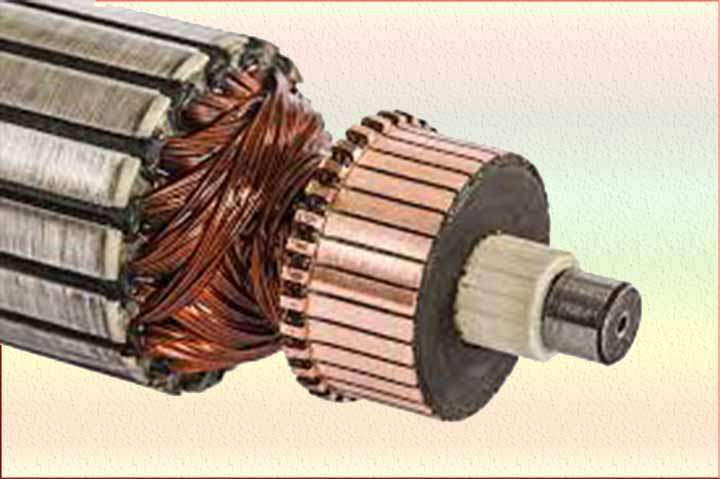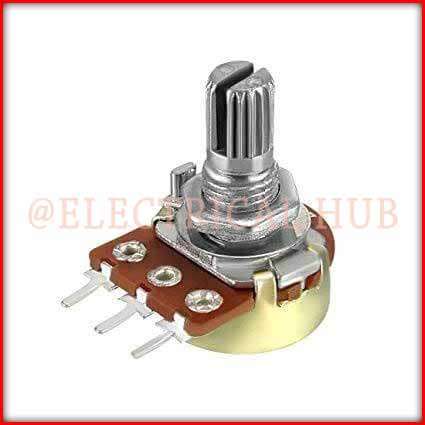Understanding 3-Phase Balanced and Unbalanced Systems
Introduction
In power systems, the concepts of 3-phase balanced systems and 3-phase unbalanced systems are crucial. But what exactly do we mean by a balanced or unbalanced 3-phase system? What factors determine whether a system is balanced or unbalanced? Let’s explore these fundamentals in detail.
What Determines a Balanced or Unbalanced System?
It is important to note that the load, not the source, determines whether a system is balanced or unbalanced. The only exception to this is if the windings of the source generator are incorrectly placed, which is extremely rare.
Now, let’s delve into the details of a balanced system.
What is a Balanced System?
A balanced system is one in which the phase voltages or currents are displaced by exactly 120 degrees from each other. This displacement occurs because the windings of a generator are placed 120 degrees apart.
Consider a star-connected winding. If equal loads are connected to each winding, the system is said to be balanced. In such a scenario:
- The current flowing through each phase is identical.
- The phase angle between voltage and current remains 120 degrees.
- If the load is perfectly identical on all three phases, the current flowing through the neutral is zero.
Why is Neutral Current Zero in a Balanced System?
Observing the system at different instances shows that the sum of return currents is always zero. For example, at an instant corresponding to 240 degrees, the current values might be:
- Ic = Imax
- Ib = Ia = -0.5 Imax
When these return currents are added, they sum to zero. This holds true for every instance, allowing the neutral conductor to be removed without affecting the system’s voltage or current.
Properties of a Balanced System
- Waveforms remain perfectly sinusoidal (both in magnitude and phase shift of 120 degrees).
- Current flowing through each phase is equal.
- No current flows through the neutral.
- Minimal or no power loss.
However, such an ideal balanced system is rare. Most real-world systems, especially distribution systems, are unbalanced.
What is an Unbalanced System?
An unbalanced system occurs when the loads across the three phases are not identical. Increasing the load on one phase will result in it drawing more current than the other two phases, creating an imbalance.
Effects of an Unbalanced System
- The neutral conductor becomes necessary.
- Waveforms are disturbed, both in terms of magnitude and phase shift.
- Increased power losses occur within the system.
Common Causes of Unbalanced Systems
- Unequal winding reactance in a 3-phase machine: If the reactance of the three windings differs, they will draw unequal current, causing imbalance.
- Unequal load distribution: If one phase carries more load than others, it will draw more current, leading to imbalance.
Problems Caused by an Unbalanced System
- Excessive heating in 3-phase machines, reducing their lifespan.
- Increased I²R losses, leading to inefficient power consumption.
- Tripping of variable frequency drives in induction motors.
In real-world power distribution systems, a neutral conductor is always provided because the load on each phase is neither defined nor equal. As a result, different phases draw different currents, making the distribution system inherently unbalanced.
Properties of an Unbalanced System
- Distorted waveforms in terms of magnitude and phase angle.
- Unequal current flow through phases.
- Higher power losses due to imbalance.
Verifying Balanced and Unbalanced Systems Using MATLAB
To verify these principles, a MATLAB simulation can be used.
- Balanced System Simulation
- A 3-phase source is connected to a resistive and equal load.
- The output waveform is perfectly balanced in terms of magnitude and phase angle.
- Unbalanced System Simulation
- Increasing the load on one phase and introducing inductive power causes waveform distortion.
- The system is now unbalanced, confirming our theoretical understanding.
Conclusion
Understanding the difference between balanced and unbalanced 3-phase systems is essential for designing efficient power systems. While an ideal balanced system is rarely achievable, engineers strive to minimize imbalance to reduce power losses and equipment stress.
If you have any topics you would like me to cover, let me know in the comments section!
#3PhasePower, #BalancedSystem, #UnbalancedSystem, #ElectricalEngineering, #PowerSystems, #ThreePhase, #VoltageImbalance, #PowerDistribution, #ElectricalDesign, #IndustrialPower, #ElectricityGrid, #EnergyEfficiency, #LoadBalancing, #PowerQuality, #EngineeringConcepts






